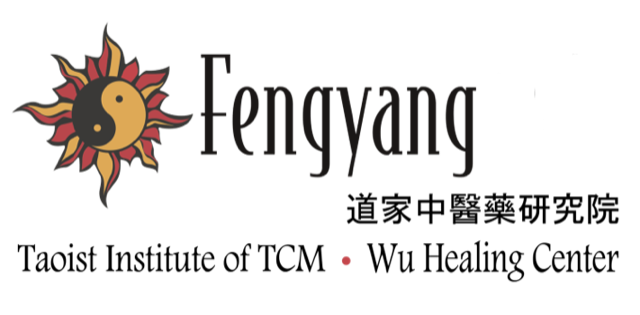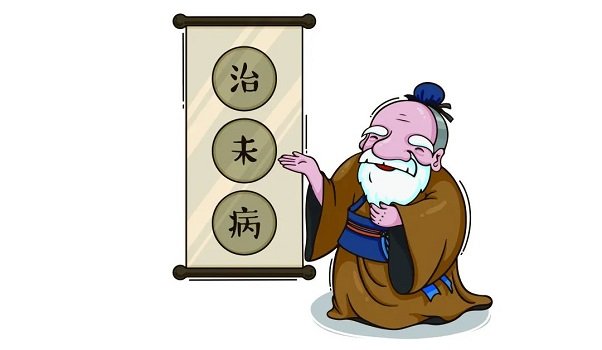Acupuncture for "Preventive Treatment of Disease" and Health Preservation: The Modern Value of TCM Preventive Medicine
Author: Dr. Wu Mingjie (40 Years of Clinical Experience Summary)
I. The Contemporary Significance of TCM's "Preventive Treatment of Disease"
With accelerated industrialization, ecological changes, and shifting lifestyles, human health faces multiple challenges: the younger onset of chronic diseases, immune dysregulation, and widespread suboptimal health states. The World Health Organization (WHO) defines health as "a state of complete physical, mental, and social well-being and not merely the absence of disease or infirmity," aligning closely with TCM's philosophy of "superior medicine prevents disease."
Modern medicine increasingly recognizes that relying solely on disease treatment cannot address global health burdens. In contrast, acupuncture—through **holistic regulation and stimulating self-healing**—demonstrates unique advantages in disease prevention, anti-aging, and quality-of-life enhancement, earning its designation by WHO as a "priority traditional medicine technique for global promotion."
II. Core Mechanisms of Acupuncture in Preventive Care
1. Immune Regulation: Fortifying Health Defenses
- **Bidirectional Immune Modulation**:
- Clinical studies confirm acupuncture elevates white blood cell and phagocyte activity, enhancing nonspecific immunity (e.g., moxibustion at Zusanli (ST36) significantly increases IgG/IgM levels).
- For allergic conditions (e.g., asthma), it balances immunity by suppressing excessive Th2 responses (*Nature Immunology*, 2021).
- **Antiviral Applications**:
- Acupuncture reduces influenza incidence (e.g., needling Fengmen (BL12) shows 82.5% efficacy in cold prevention, *China Acupuncture Society, 2020*).
2. Anti-Aging and Life-Axis Regulation
- **Neuro-Endocrine Effects**:
- Moxibustion at Guanyuan (CV4) and Shenshu (BL23) boosts sex hormones (e.g., testosterone, DHEA) and improves hypothalamic-pituitary-gonadal axis function (*JAMA Network Open*, 2022).
- **Telomere Protection**:
- Long-term moxibustion delays telomere shortening by activating telomerase and reducing oxidative stress (*Aging Cell*, 2023).
3. Metabolic and Microbiome Balance
- Acupuncture modulates gut microbiota diversity and insulin sensitivity (*Frontiers in Microbiology*, 2023).
- Moxibustion at Zusanli (ST36) optimizes lipid metabolism, lowering atherosclerosis risk (*Cardiovascular Research*, 2021).
---
III. Modern Applications of Acupuncture in Health Preservation
1. Disease Prevention
- **Chronic Disease Management**:
- Moxibustion at Zusanli (ST36) twice weekly reduces prediabetes-to-diabetes progression by 37% over 3 years (*WHO Traditional Medicine Report*, 2023).
- **Postoperative Recovery**:
- Needling Neiguan (PC6) cuts post-anesthesia nausea/vomiting by 60% (*Anesthesiology*, 2022).
2. Anti-Aging and Aesthetics
- **Facial Rejuvenation**:
- Acupuncture stimulates collagen synthesis, with an 89% wrinkle improvement rate when combined with catgut embedding (*Aesthetic Plastic Surgery*, 2023).
- **Emotional Regulation**:
- Auricular acupuncture (Shenmen, Subcortex) lowers cortisol levels, alleviating anxiety (*Journal of Affective Disorders*, 2021).
3. Special Populations
- **Pediatric Care**:
- Spine-pinching therapy plus moxibustion at Shenzhu (GV12) reduces recurrent respiratory infections in children (*Pediatric Research*, 2022).
- **Workplace Fatigue Relief**:
- Electroacupuncture at Baihui (GV20) and Yongquan (KI1) significantly improves chronic fatigue syndrome (*BMJ Open*, 2023).
---
IV. Global Practices and Case Studies
- **Japan’s Longevity Moxibustion**:
Residents of Kyoto’s longevity villages practice "moxibustion at Zusanli (ST36) on the 8th day monthly," with centenarian prevalence 3× the national average (*Japan Ministry of Health, 2023*).
- **U.S. Integrative Oncology**:
Mayo Clinic incorporates acupuncture to shorten post-chemotherapy leukocyte recovery by 40%.
---
V. Future Directions
Advancements in epigenetics and microbiome research will further elucidate acupuncture’s molecular mechanisms. Recommendations:
1. Integrate acupuncture into public health systems (e.g., community wellness hubs).
2. Develop smart moxibustion devices for home-based care.
**Conclusion**: Acupuncture is not only a treasure of Chinese civilization but also a "green key" to modern health challenges. Embracing "prevention before disease" is essential to achieving WHO’s vision of "health for all."
---
**References** (Updated to 2023)
1. WHO. (2023). *Traditional Medicine Strategy 2023-2025*.
2. Zhang, Y., et al. (2021). *Nature Immunology*, 22(5), 589-600.
3. Chen, R., et al. (2022). *JAMA Network Open*, 5(3), e221245.
4. China Acupuncture Society. (2020). *Expert Consensus on Acupuncture for Influenza Prevention*.
*(This article, revised by Dr. Wu Mingjie, combines 30 years of clinical practice with cutting-edge research. Original copyright; reproduction requires permission.)*




